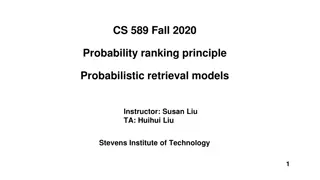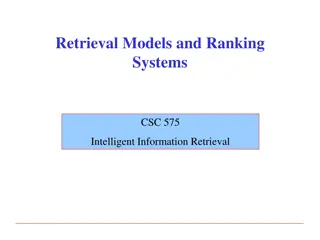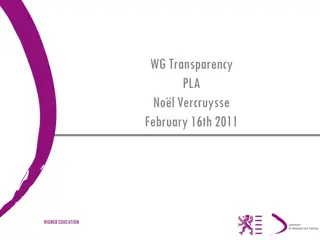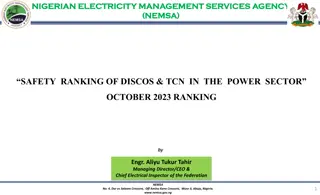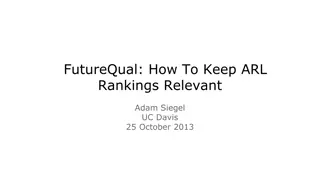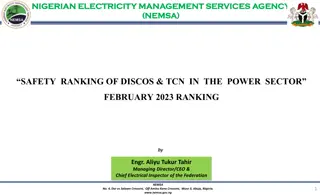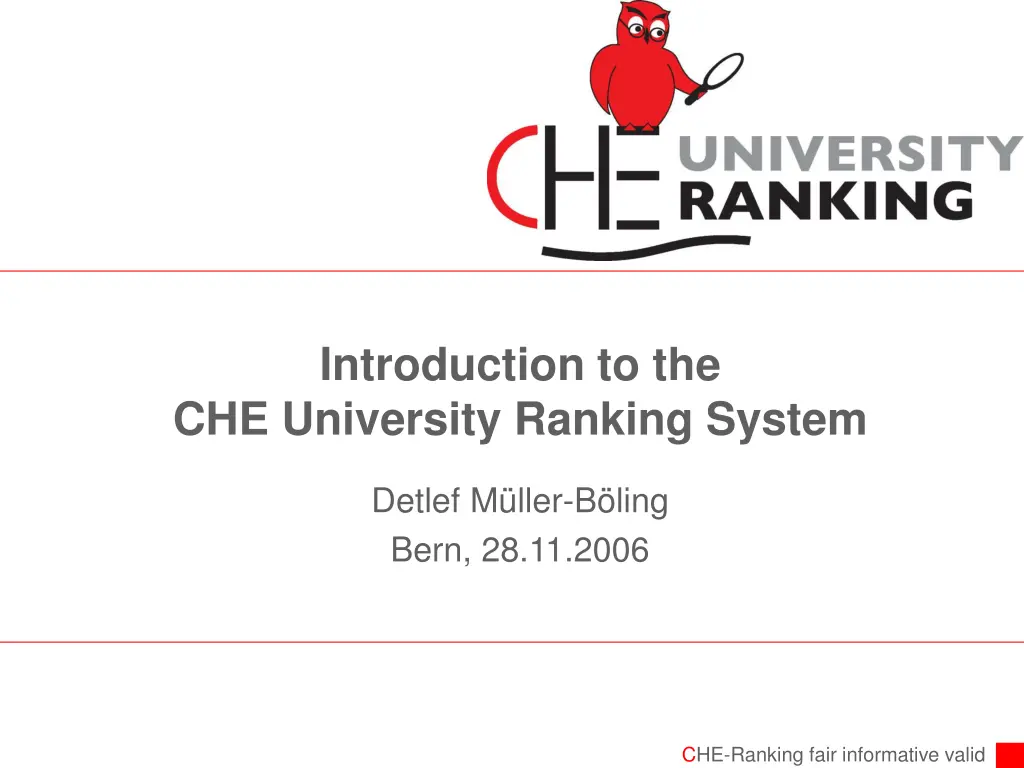
University Ranking System by CHE: Overview and Insights
Discover the CHE University Ranking System, initiated by the German Rectors Conference in the early 90s. Learn about its evolution, internationalization, and perspectives on ranking institutions. Explore special rankings and expert opinions on the system's effectiveness and quality assurance.
Download Presentation

Please find below an Image/Link to download the presentation.
The content on the website is provided AS IS for your information and personal use only. It may not be sold, licensed, or shared on other websites without obtaining consent from the author. If you encounter any issues during the download, it is possible that the publisher has removed the file from their server.
You are allowed to download the files provided on this website for personal or commercial use, subject to the condition that they are used lawfully. All files are the property of their respective owners.
The content on the website is provided AS IS for your information and personal use only. It may not be sold, licensed, or shared on other websites without obtaining consent from the author.
E N D
Presentation Transcript
Introduction to the CHE University Ranking System Detlef M ller-B ling Bern, 28.11.2006 CHE-Ranking fair informative valid
I. Background Initiated by German Rectors Conference in early 90 Founding task of CHE First ranking published in 1998 Since then: extension of number of disciplines/subjects included since 2002: Research ranking of German universities since 2004: internationalisation since 2004: Austria 2005/06: Switzerland 2007: pilot project Netherlands /Flanders EUSID! Meeting 21.11.2006 2
II. Internationalisation: Approach 1 NL D FL University C CHE-Ranking: University A A CH all universities (almost) all subjects all study programmes University B Only for some countries 16 EUSID! Meeting 21.11.2006 3
II. Internationalisation: Approach 1: Perspectives Ranking by types of institutions: European Classification of Higher Education Institutions?? Consortium of regional rankings with comparable methodolgy : EU Commission: European Alternative to Shanghai Ranking EUSID! Meeting 21.11.2006 4
II. Internationalisation: Approach 2 Special Rankings, e.g. Top European Research Universities in Sciences (EUSID) selective, not each country included ! EUSID! Meeting 21.11.2006 5
Meta - Ranking 1 The system used by CHE to evaluate universities is probably the best model available today in the world of higher education. Prof. Dr. Francois Tavenas Rector Emeritus of Universit Laval (Quebec) Founding Rector of Universit de Luxembourg Quality Assurance: A Reference System for Indicators and Evaluation Procedures, Br ssel April 2004 EUSID! Meeting 21.11.2006 6
Meta - Ranking 2 The German system of institutional ranking is nothing short of brilliant. Alex Usher, Vice-President of the Educational Policy Institute, Canada, 2006 EUSID! Meeting 21.11.2006 7
III. CHE-Ranking Principles No 1 comparison of disciplines EUSID! Meeting 21.11.2006 8
1st cycle 2nd cycle 3rd cycle 2005 business, law, soc. sciences 1998 business, chemistry 2002 business, law, soc. sciences 35 disciplines 4.000 degree programs 260 universities 1999 law, sciences. 2003 sciences, medicine 2006 sciences, medicine more than 75 % of all students 200.000 single data units 2000 2004 engineering. 2007 engineering, humanities engineering, humanities 2001 humanities EUSID! Meeting 21.11.2006 9
III. CHE-Ranking Principles top medium bottom No 2 no league table but rank groups EUSID! Meeting 21.11.2006 10
III. CHE-Ranking Principles No 3 no overall score but multi- dimensional ranking EUSID! Meeting 21.11.2006 11
IV. Approach 2: EUSID European Study Guide for High Potential Students in Sciences Aims Contribute to European Higher Education Area Provide substantial information for Postgraduate Students Show the internationally competitive strength of European science departments EUSID! Meeting 21.11.2006 12
IV. Approach 2: EUSID Method basic approach dervied from CHE-ranking (subject ranking, multi-dimensional, rank groups) selection of European top departments in sciences (physics, chemistry, biology, mathematics) based on research participation in international programs 20 - 25 departments per discipline no representation of all countries EUSID! Meeting 21.11.2006 13
IV. Aim today discuss results of pretests questionnare departments questionnaire students Internet analysis scientifically based ranking, focusing on academic values in Europe EUSID! Meeting 21.11.2006 14



